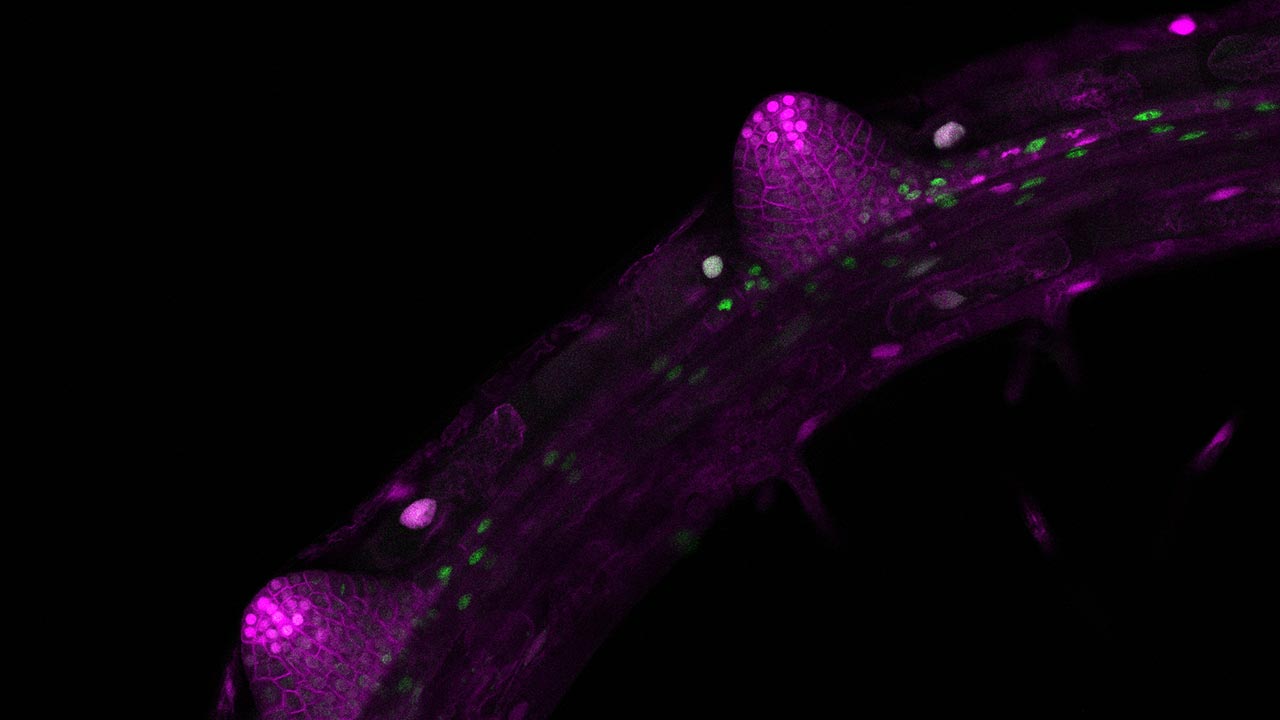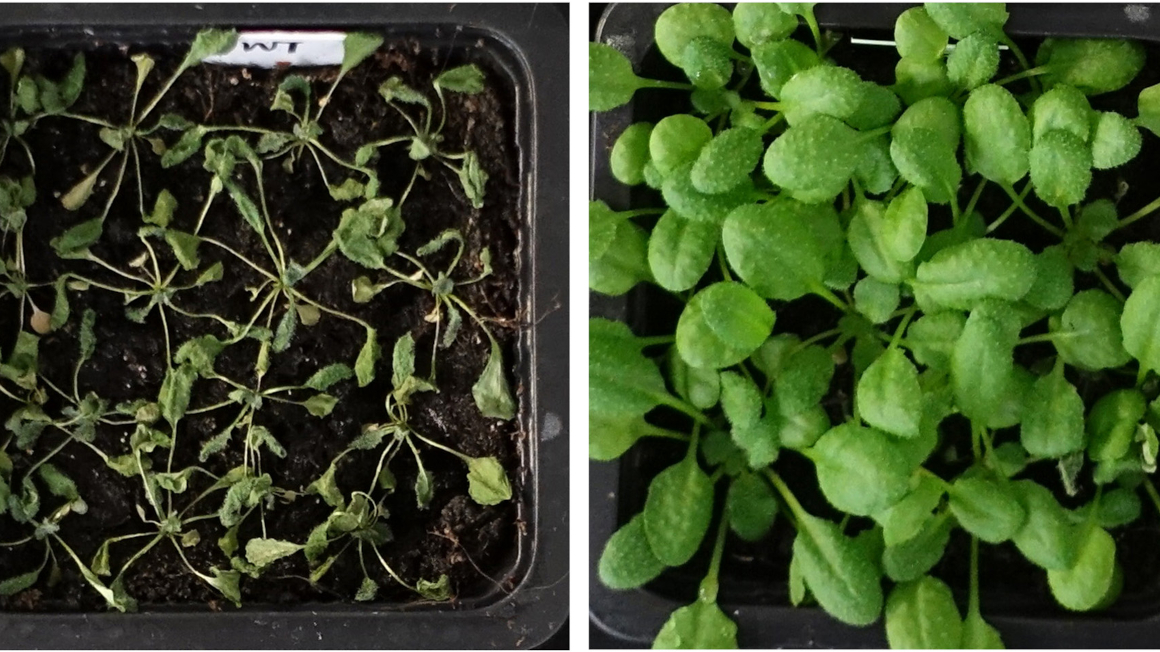How the TOR protein regulates root growth
The signaling molecule TOR detects whether there is enough sugar to form new roots.

Without roots, plants could not exist: Not only do they anchor the plant in the soil, they also supply it with water and nutrients. Influencing the shape and size of root growth would therefore enable plant breeding to produce more robust and higher-yielding crops. A first step on this path could be a study by an international team of researchers who have now further elucidated the molecular processes involved in root growth of the model plant Arabidopsis thaliana. The Max Planck Institute for Molecular Plant Physiology in Potsdam and the Centre for Organismal Studies at the University of Heidelberg were involved from Germany.
Sugar must move from the shoot to the root
For their root growth, plants need sugars in the form of fructose and glucose. These are formed in the leaves by photosynthesis and must therefore be transported through the plant. "It is known that for the formation of lateral roots, sugars are redistributed from the plant shoot into the root in addition to plant hormones; however, how the plant even recognizes that sugar resources are available for the formation of lateral roots was previously unknown," explains Michael Stitz from the University of Heidelberg.
The researchers were able to demonstrate that the plant must be able to break down glucose from the outer cell layer of the central root cylinder - the pericycle - in order to form lateral roots. The protein TOR (Target of Rapamycin) exerts control over this process. Its activity in turn depends on the plant hormone auxin and certain nutrients such as sugar.
Protein stops root growth when there is no sugar
In their study, the research team found that TOR is active in the pericycle only when sugar is available. "TOR takes on a gatekeeper role: When the plant activates the genetic growth program responsible for root formation via the hormone auxin, TOR checks whether sufficient sugar resources are also available for this process," explains research leader Alexis Maizel from Heidelberg University. Only then do so-called founder cells divide to form lateral roots. If there is no sugar, TOR blocks the activity of certain auxin-dependent genes and the plant does not form lateral roots.
The experts report on their DFG-funded research in The EMBO Journal. They also report that the TOR protein regulates whether Arabidopsis forms adventitious roots. These are newly formed roots on plant parts that previously had no roots - for example, when a plant is propagated by cuttings.
bl


